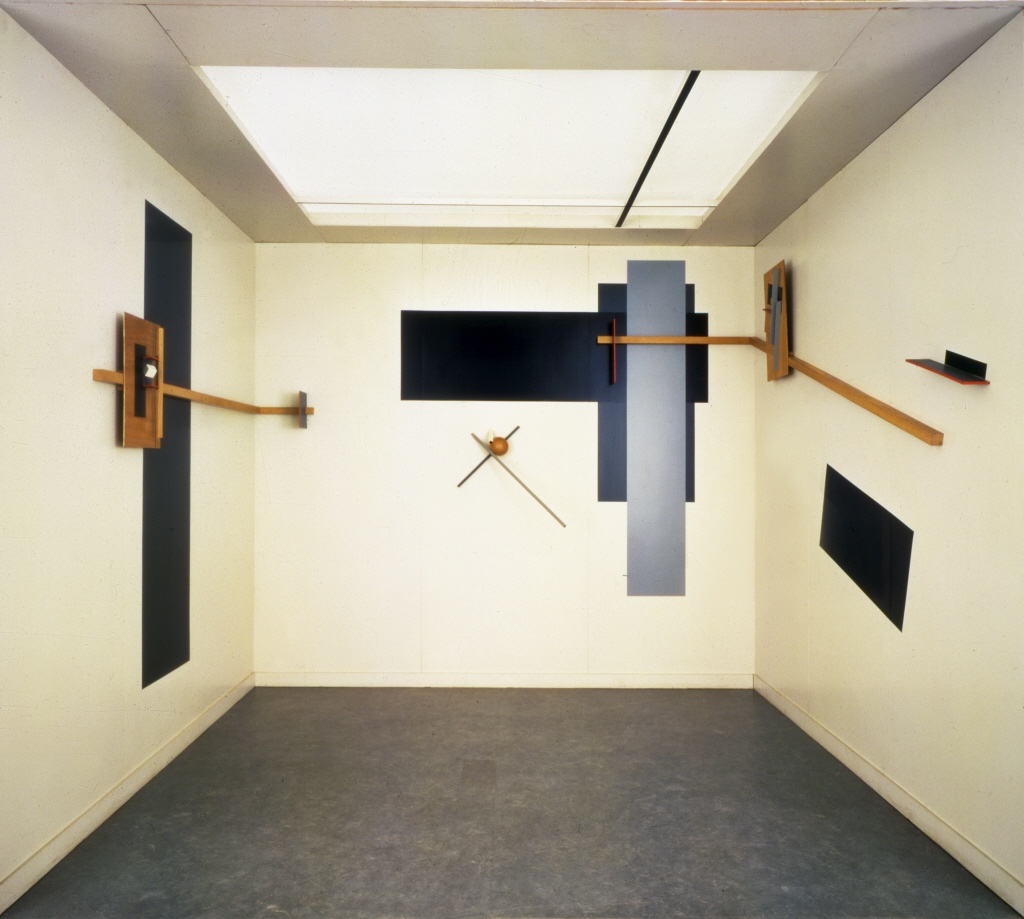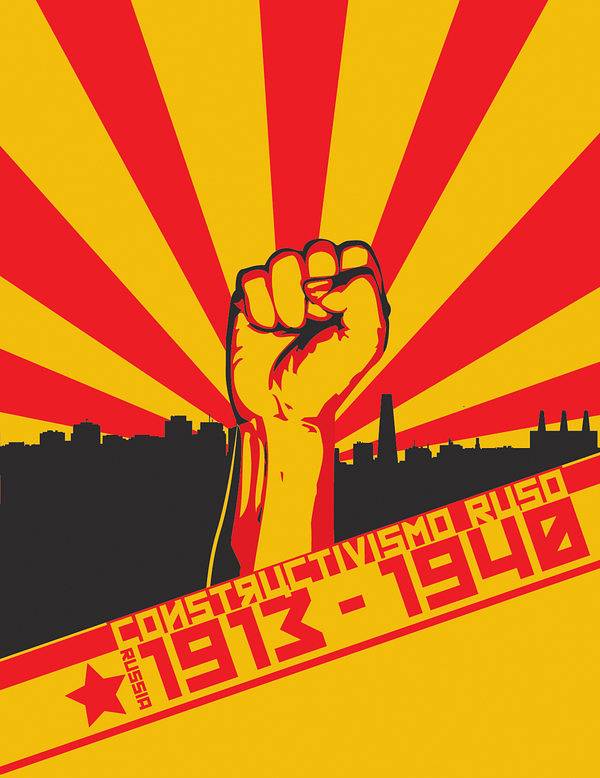Lecture:
What is art?
Everything is art.
Atleast according to Marcel DuChamp and his urinal, also known as a “ready made” fountain. These so called “ready-mades” sent shocks around the world and often inspires a debate that I often had in grade 12 art class-What is art? Is this art? Can you prove why? This absurd topic took on the name of Dadaism. It first emerged in response to the senseless suffering and loss of life during the war, which was also absurd. The emphasis during this time was the decadence of European society and the blind faith in the technological process and finding a way for people to cope with how fast everything was changing was neglected. The Dadaism art movement mocked society for being so blind. These harsh post-war realities are a huge contrast to what the public usually thinks of the 20’s today. The 20’s, as portrayed in the “Great Gatsby” by F. Scott Fitzgerald, (1925) is often used to represent the time because of its popularity though, like the book itself, the lavish parties and materialism cover up something much more depressing.
Life in the 1920’s
- It sucked quite a bit which was no surprise as war was upon us! Additionally, the Great Depression came no later than 10 years after but according to Judy, it is through tough times that people can come together. In the 20’s was the “Golden Age of the Radio” as well as the US prohibition. This prohibition banned the sale of alcoholic beverages during the 20’s. This drove drinking underground and allowed white and blacks to chill out together and dance and make great music. It was during this that the Harlem Renaissance and Jazz Age emerged as well. They really jazzed it up.
Research:
Building the Revolution! Soviet Art and Architecture
In contrast to previous architecture styles, Suprematism and Constructivism gained favour with their two dimensional and three dimensional compositions that emphasized on lines, forms and shapes. Architecture took on a very basic shape and buildings possessed straight edges and flat roofs and buildings were very bold. It wanted our advancing technology and engineering with communist needs, taking lots of inspiration from Russian Futurism.
The Tatlin tower in particular was designed by Vladimir Tatlin to focus on straight , clean lines and be envisioned as a towering symbol of modernity. This was the first and most famous project of Constructivist architecture as a movement. It was intended to serve as the headquarters of the Third International, an international organization of communist parties dedicated to promoting world domination, ahem, I mean revolution.
It was meant to be built from industrial materials such as iron, glass and steel and dwarf the Eiffel Tower in size. Around the spiraling contraptions, the public would be able to transport themselves up and down the building. At the base would be a cube shaped venue for events and lectures and further up the spiral would house an information center.
Another famous Constructivist project was conceived by El lissitzky- the “Lennin Tribune” was meant to be a moving speaker’s podium. HIs goal was to combine Suprematism with utilitarian ideals and create buildings worthy of an ideal constructivist city.

Other architects that followed this concept also include:
- El Lissitzky’s Pronen Raum,

This is a 1971 reconstruction of Lissitzky’s Prounen Room which he designed in 1923. The elongated fields and slats attached in horizontal, vertical and diagonal directions meant the viewers eyes constantly moved around the room. He was heavily influenced by Malevich who developed Suprematist painting. What he took away from Constructivism in this piece was how negative space was equally important in design and how it gave off a certain energy.
- Gustav Klutsis’s Dynamic City (1919)

Klucis was a pioneer of Soviet agitprop (political propaganda art) graphic design who was known as one of the first to include photo montage to create posters, designs and newspaper/magazines.
- Lazar Khidekel’s Worker’s Club (1926)
Khidekell’s Worker’s Club goes down in History as being the worlds first Supremacist architectural design. His style, of course, favours rectangles and straight lines.
Here are more buildings to hopefully inspire you!


Sources:
Judy’s notes !
Frampton, Kenneth (2004). Modern architecture — a critical history (Paperback) (Third ed.). World of Art. p. 376 pages. ISBN 0-500-20257-5.
http://architectuul.com/architecture/tatlin-s-tower
https://www.cca.qc.ca/en/issues/16/the-rest-of-your-senses/1495/sounding-towers
https://artsandculture.google.com/asset/workers-club/DwFSOEJa72qcAA
https://www.tate.org.uk/research/publications/tate-papers/08/replicas-and-reconstructions-in-twentieth-century-art
http://www.newworldencyclopedia.org/entry/Constructivist_architecture
